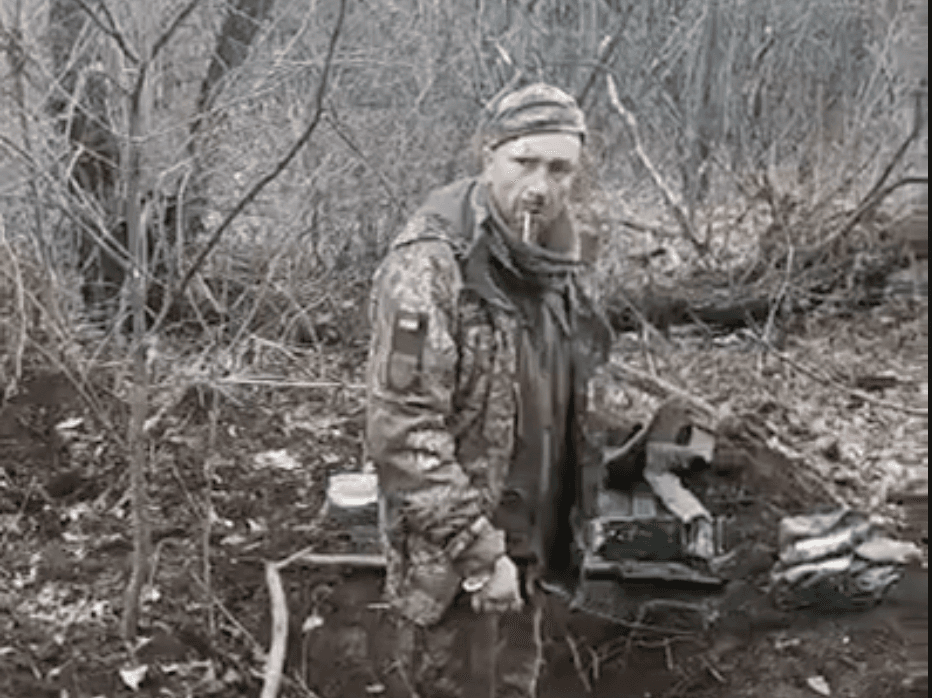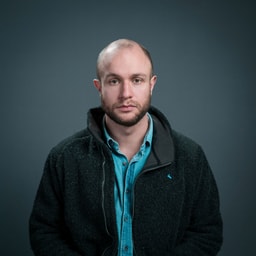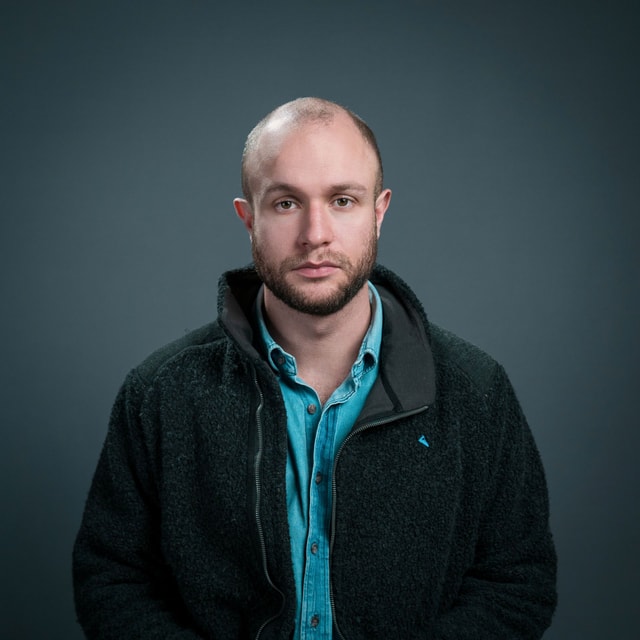Search ongoing for identity of Ukrainian POW allegedly executed by Russia

The search for the identity of the alleged Ukrainian prisoner of war executed in a video that emerged on March 6 appears to be coming to an end.
On March 6, a video was shared by popular Ukrainian bloggers in which an unarmed man in a military uniform with a Ukrainian flag on it appears to be shot dead by multiple rifle bursts from off screen, after saying “Slava Ukraini (Glory to Ukraine),” a Ukrainian national salute.
The original source of the video remains unknown, as well the time and place where it was filmed.
The video has sparked nationwide outrage, with Ukrainians flooding the social media with their reactions, condemning the execution and saluting the bravery of the man in the video. President Volodymyr Zelensky weighed in, saying that the perpetrators of the murder must be found and punished.
More than a day after the video started circulating, it's still not clear who the man in the video was. The video is of poor quality and the man's face blurry, obstructing the identification process.
Two versions have emerged regarding his identity.
Ukraine's 30th Separate Mechanized Brigade has tentatively identified the man as its serviceman who went missing near Bakhmut in Donetsk Oblast on Feb. 3. Shortly after their statement on March 7, the General Staff of Ukraine's Armed Forces presented the same version in their own post, but added that final confirmation would come after an investigation.
According to the 30th Brigade, if the man in the video is the soldier in question, then his body is still in the occupied territory, and his identity can be confirmed only when the body is retrieved.
Almost simultaneously, another version emerged.
Ukrainian journalist Yurii Butusov asserted on March 7 that the soldier was, in fact, someone else – serving in the 163rd Battalion of the 119th Territorial Defense Brigade.
According to Butusov, he has spoken to the soldier's comrades. They identified the soldier and said that his mother has also recognized him in the video.
In a Facebook post, Butusov said that the soldier in question went missing on Dec. 30, also near Bakhmut, and his body had been retrieved and buried in February.
Butusov added that the man's fatal bullet wounds, as recorded in his autopsy, closely matched those observed during the execution in the video. Another matching detail is the band-aid seen in the video above the POW's right eye – the 163rd Battalion's soldier had a band-aid in the same place when he went missing, according to the testimony of his comrades, cited by Butusov.
While the identity of the man in the video remains to be established, the nationwide condemnation of what appears to be a blatant execution of a Ukrainian POW continues.
“Ukraine will not forget the feat of each and everyone whose lives gave freedom to Ukraine forever,” Zelensky said on the evening of March 6.
Foreign Minister Dmytro Kuleba on March 6 appealed to the International Criminal Court (ICC) to investigate the alleged execution.
Kuleba called the video “horrific,” adding that “it’s imperative (the ICC) launches an immediate investigation into this heinous war crime.”
Prosecutor General Andriy Kostin added that an official investigation had been launched to be carried out by the Security Service of Ukraine.
“Even war has rules," Kostin said.
"There are norms of international law that are systematically neglected by the criminal Russian regime. Sooner or later, the crime will be punished. All those involved will be held accountable.”
Since the launch of the full-scale invasion, repeated cases of Russian soldiers mistreating Ukrainian prisoners of war have emerged.
In the most heinous incident, on July 29 last year, 53 Ukrainian POWs held in a prison near Olenivka in occupied Donetsk Oblast were killed, and 75 sustained injuries after their quarters were damaged by an explosion.
In an article for the Guardian, volunteer Anna Vorosheva, who was captured by Russian forces while delivering aid nearby and held for 100 days in the notorious prison, said that she believed it was done to cover up evidence of torture of Ukrainian soldiers.
“I’m sure some of those ‘killed’ in the explosion were already corpses. It was a convenient way of accounting for the fact they had been tortured to death,” Vorosheva said.
The UN disbanded a fact-finding mission into the massacre on Jan. 5 after they announced that Russia had not provided officials with the opportunity to visit the site.










